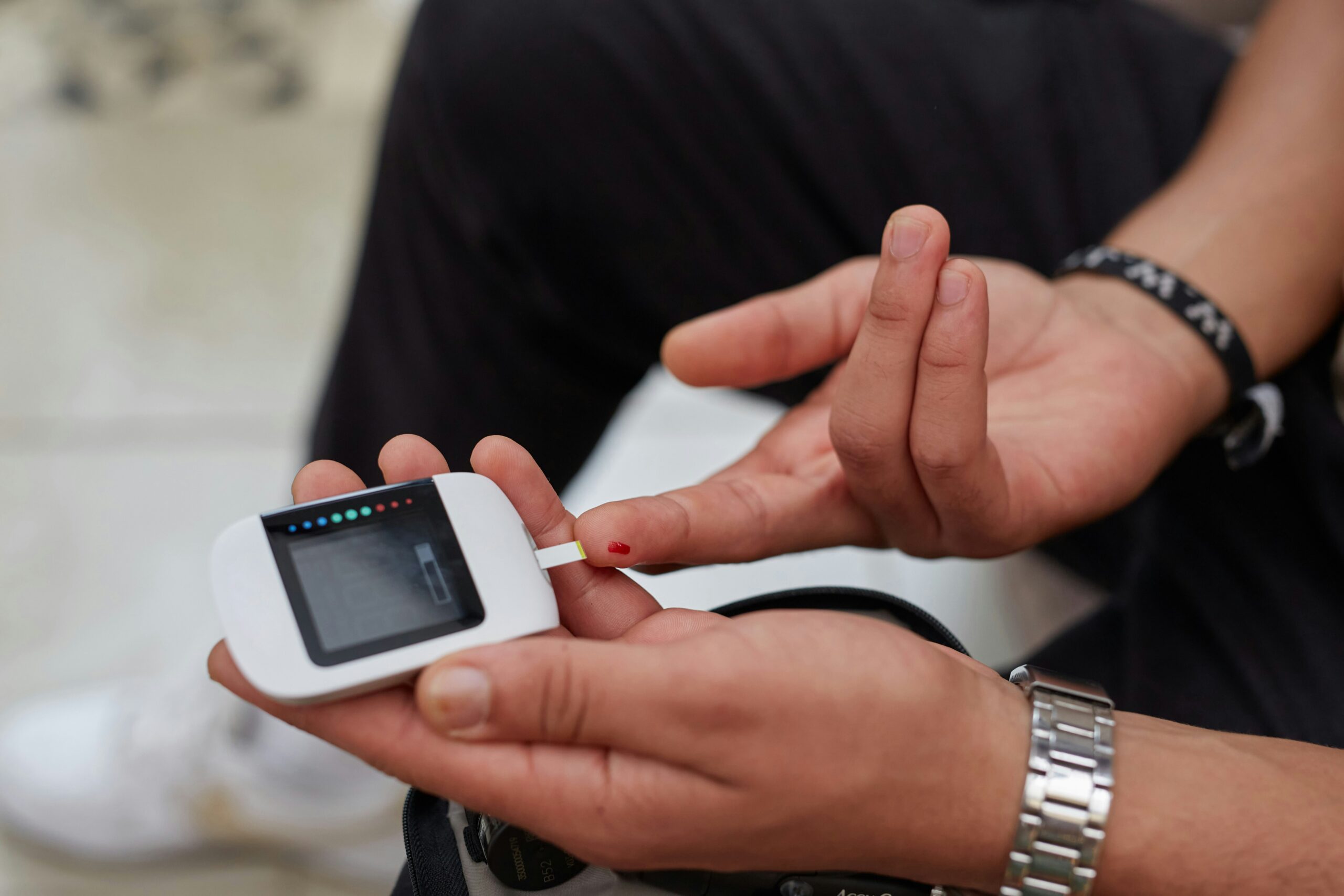Introduction
Prediabetes is like a warning light flashing on your health dashboard. It’s not diabetes, but it’s a clear sign that your blood sugar levels are higher than normal. Without intervention, it can progress to type 2 diabetes. Let’s explore what prediabetes is, why it matters, and what you can do about it.
Understanding Prediabetes
Prediabetes occurs when your blood sugar levels are elevated but not high enough to be classified as diabetes. It’s a critical stage because it’s a reversible condition with the right lifestyle changes. According to the CDC, about 1 in 3 American adults have prediabetes, and most are unaware of it.
Why Prediabetes Matters
If ignored, prediabetes can escalate into type 2 diabetes, leading to serious health issues like heart disease, stroke, and kidney problems. It’s a wake-up call, signaling that your body isn’t handling blood sugar as well as it should. The good news? With proactive steps, you can turn things around.
Common Symptoms
Most people with prediabetes don’t experience obvious symptoms, which is why it’s often called a “silent” condition. However, some people might notice:
- Increased thirst
- Frequent urination
- Fatigue
- Blurred vision
- Slow-healing sores or frequent infections
These symptoms can be quite general and may be mistaken for other health issues. It’s essential to consult a doctor if you suspect you have prediabetes or if you notice any of these symptoms. Early diagnosis and intervention can prevent the progression to type 2 diabetes.
Taking Action: Lifestyle Changes
Healthy Eating: Foods to Focus On
- Whole Grains: Swap refined grains for whole grains like brown rice, oats, and whole wheat bread.
- Fruits and Vegetables: Fill half your plate with non-starchy vegetables and enjoy fruits in moderation.
- Lean Proteins: Incorporate lean meats, fish, beans, and legumes into your diet.
- Healthy Fats: Include sources of healthy fats such as avocados, nuts, and olive oil.
Foods to Limit:
- Sugary Snacks and Beverages: Cut down on sodas, candy, and other sugary treats.
- Refined Carbs: Avoid white bread, pastries, and other refined carbs.
- Processed Foods: Limit consumption of processed and fast foods.
Get Moving: Exercise Tips
Regular physical activity helps your body use insulin more efficiently. Aim for at least 150 minutes of moderate-intensity exercise per week. Here are some ideas to get you started:
- Walking: A brisk 30-minute walk five days a week can make a significant difference.
- Swimming: A low-impact option that works your entire body.
- Strength Training: Building muscle helps increase insulin sensitivity.
Monitor Your Health
Regular check-ups with your healthcare provider are crucial. They can monitor your blood sugar levels and provide personalized advice. Keep an eye on other risk factors such as blood pressure and cholesterol levels.
Modern Medications: An Added Help
In some cases, medications might be necessary to help manage blood sugar levels. Metformin is commonly prescribed for prediabetes. Additionally, new-generation medications like Ozempic (semaglutide) can be used in certain cases, particularly for those at high risk of developing type 2 diabetes. These medications help control blood sugar and promote weight loss, but they should be used under medical supervision. Always consult your doctor for advice tailored to your situation.
Summary
Prediabetes is a critical warning sign, but it’s also an opportunity to take control of your health. By adopting healthier eating habits, increasing physical activity, and staying on top of medical check-ups, you can prevent or delay the onset of type 2 diabetes. Remember, proactive steps today can lead to a healthier tomorrow.

